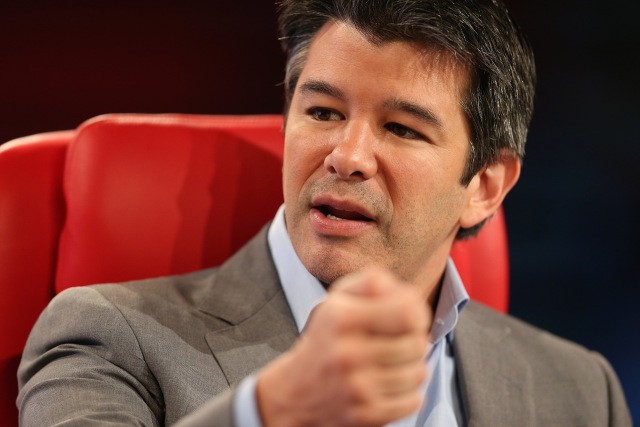It is obvious for companies to claim customer numbers, largely to let consumers know they’re faring better than their customers. In a test such attempt, none other than Uber CEO Travis Kalanick himself, has claimed that the company has a whopping 40 Million riders who are using its app on a regular basis.
The revelation, along with a host of other future plans and milestones, came at the Vanity Fair New Establishment Summit this year in San Francisco. Kalanick also said that drivers made somewhere between a staggering $1.5 billion and $2 billion last month. Those monthly active riders pay around $50 per month, he said. This of course, is a global average number.
However, even though these number are mammoth in their own sense, Kalanick and his company are banking upon their ability to roll out their autonomous car program. There is a much larger scope of revenues there, since Uber would hardly have to pay any cost for customer acquisition in the long run.
Really when you start to automate, you start to do the self-driving thing on our roads, the roads in many ways are the cardiovascular system for our city, you make it a much more efficient cardiovascular system,” Kalanick said. “These cars, when they go into self-driving, you’re now starting to become a robotics company. We’re at the very beginning stages of becoming a robotics company.
This of course, isn’t an easy task — at all.
Apart from the fact that this would require huge amount of capital — which, agreed Uber has, this field already has the likes of Google, Ford and many other automobile as well s tech titans, competing for a faster launch. Google in fact achieved a major milestone just this year, when its autonomous test cars had completed a 2 million kms. run globally.
Uber on its part, is doing aggressive and extensive research in this domain. It is already testing autonomous vehicles in Pittsburgh. Kalanick said that part of the challenge was taking a traditional scientific approach on a much shorter time scale in order to keep up with competitors. “Things are happening so fast that you need science to be part of that overall product effort that’s happening today,” he said.
But Uber has several other challenges than just focusing on this. It has its international market growth in sight. And while the pressure has obviously been received with the merger of its China division with Didi Chuxing, it has markets like India, where it simply can’t apply autonomous tech to reap in more even rues, at least in the near future. The company even tackled a lot of hate when it changed the logo to the current one, from the iconic “U”.
Kalanick adds,
I think the better way to think about it is that in China, the government is involved in business in many different ways. When you go to China you have to rethink how you do everything, you have to start from scratch. If you go into China thinking you know how to do something best you are gonna get your ass handed to you.
And lastly, where it all comes down to is an IPO. To which, Travis replied,
Let’s call it the 9th grade, it’s not time to go to prom yet.
The Tech Portal is published by Blue Box Media Private Limited. Our investors have no influence over our reporting. Read our full Ownership and Funding Disclosure →







